History of Australia-China Science and Innovation
Australia and China both have strong capabilities in science and technology. The science and research relationship between Australia and China is well developed over 50 years. The collaboration began from a pioneering links in the field of radio astronomy in early 1960s. A treaty on cooperation in science and technology was signed in 1980, marking the government-to-government science collaboration relationship. 2020 is the 40th anniversary since both governments have signed the treaty. During the 40 years, strong connections have been built between Australian and Chinese researchers and countless inventions have been created to benefit the world, such as cervical cancer vaccine and solar power cell. Today, Australian researchers ranks 3rd for contribution to Chinese research publications, and vice versa.
Stories about Australia-China Science and Innovation
Science and technology cooperation between Australia and China is long-standing and diverse. In addition to projects supported by bilateral funding, there are literally thousands of partnerships between researchers seeking to improve economic and social outcomes for both countries. The stories here outline how Australian and Chinese researchers are working together for mutual benefit.
Australia-China Joint Research Centres
.jpg) Australia-China Joint Research Centres (JRCs) are supported under the are supported under the Australia-China Science and Research Fund (ACSRF).
Australia-China Joint Research Centres (JRCs) are supported under the are supported under the Australia-China Science and Research Fund (ACSRF).
JRCs are virtual centres that link Australian and Chinese research institutions conducting a portfolio of research-related activities in priority areas agreed to by the Australian and Chinese Governments, led by the Australian Department of Industry, Innovation and Science and the Chinese Ministry of Science and Technology.
Five new Joint Research Centres have been announced, in priority areas medical technologies, energy, and advanced manufacturing.
Australia-China Young Scientists Exchange Programme
 Australia-China Young Scientists Exchange Programme (YSEP) is jointly funded by Australian and Chinese Governments for early to mid-career researchers to have a chance to visit each other every year under the Australia-China Science and Research Fund (ACSRF). YSEP aims to support future long term science, technology and innovation collaboration between Australia and China, by bringing together future science leaders from both countries to foster long term relationships. Successful applicants undertake a two week exchange and establish linkages with a range of research organisations and learn about the science and research environments of each country.
Australia-China Young Scientists Exchange Programme (YSEP) is jointly funded by Australian and Chinese Governments for early to mid-career researchers to have a chance to visit each other every year under the Australia-China Science and Research Fund (ACSRF). YSEP aims to support future long term science, technology and innovation collaboration between Australia and China, by bringing together future science leaders from both countries to foster long term relationships. Successful applicants undertake a two week exchange and establish linkages with a range of research organisations and learn about the science and research environments of each country.
Any scientists interested in this initiative may contact [email protected]. More►
Click link to watch stories from participants of this program.
· 2019 Australian YSEP cohort interview video
Australia-China Symposia Series
Established in 2004, the Australia-China Science Academies Symposia Series strengthens cooperative research links between Australia and China in areas of mutual national interest. This forum is jointly organised by the Australian Academy of Science (AAS), Australian Academy of Technology and Engineering (ATSE), and Chinese Academy of Sciences (CAS).
The 15th symposium Precision Medicine was held in Melbourne Australia in November 2019.
Partnering with Australia
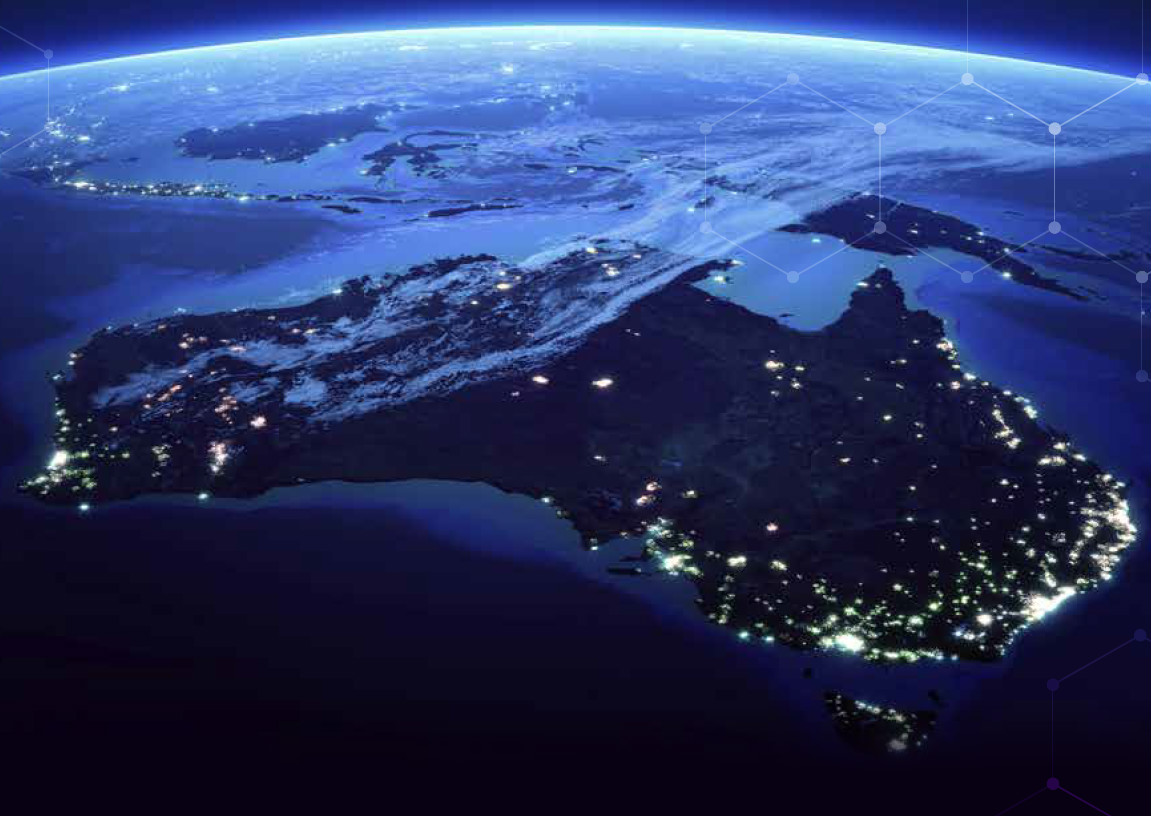
Partnering with Australia on innovation, science and research has been developed by the Australian Government to showcase Australia’s innovation, science and research credentials to the world. It demonstrates to for international parties the benefit of partnering with Australia, its supporting policies, available infrastructure, potential partnering organisations as well as investment opportunities.
Read Partnering with Australia
Global Innovation Strategy
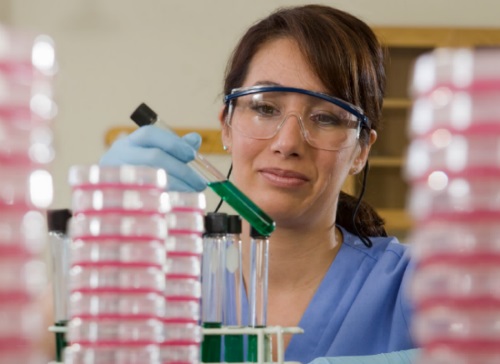 It is a strategy to advance Australia’s international industry, science and research collaboration. The Global Innovation Strategy will improve Australia’s international innovation and science collaboration by aligning existing and new initiatives with the desired outcomes under the National Innovation and Science Agenda.
It is a strategy to advance Australia’s international industry, science and research collaboration. The Global Innovation Strategy will improve Australia’s international innovation and science collaboration by aligning existing and new initiatives with the desired outcomes under the National Innovation and Science Agenda.
Read Global Innovation Strategy Booklet
Performance Review of the Australian Innovation, Science and Research System
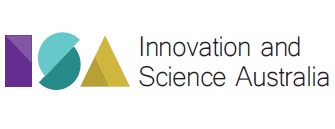 The Australian innovation, science and research (ISR) System Review examines the overall strengths and weaknesses of the ISR system's activities in knowledge creation, knowledge transfer, and knowledge application through the lens of the innovation enablers. Australia enjoys some of the longest lives, best-quality services and most liveable communities in the world. However, as we look to the future, considerable challenges await.
The Australian innovation, science and research (ISR) System Review examines the overall strengths and weaknesses of the ISR system's activities in knowledge creation, knowledge transfer, and knowledge application through the lens of the innovation enablers. Australia enjoys some of the longest lives, best-quality services and most liveable communities in the world. However, as we look to the future, considerable challenges await.
Read the Performance Review of the Australian Innovation, Science and Research System
Existing and Previous Australia-China Joint Research Centres
Australia-China Joint Research Centre for Future Dairy Manufacturing
 Led by Soochow University and Monash Univeristy, the centre will provide the dairy industry with manufacturing process efficiencies and new high-value products. This activity will develop a strong link between Australia and China’s large distribution network. The centre will bring economic, environmental and social benefits to both Australia and China.
Led by Soochow University and Monash Univeristy, the centre will provide the dairy industry with manufacturing process efficiencies and new high-value products. This activity will develop a strong link between Australia and China’s large distribution network. The centre will bring economic, environmental and social benefits to both Australia and China.
Click here for more details►
Australia-China Joint Research Centre for Healthy Soils
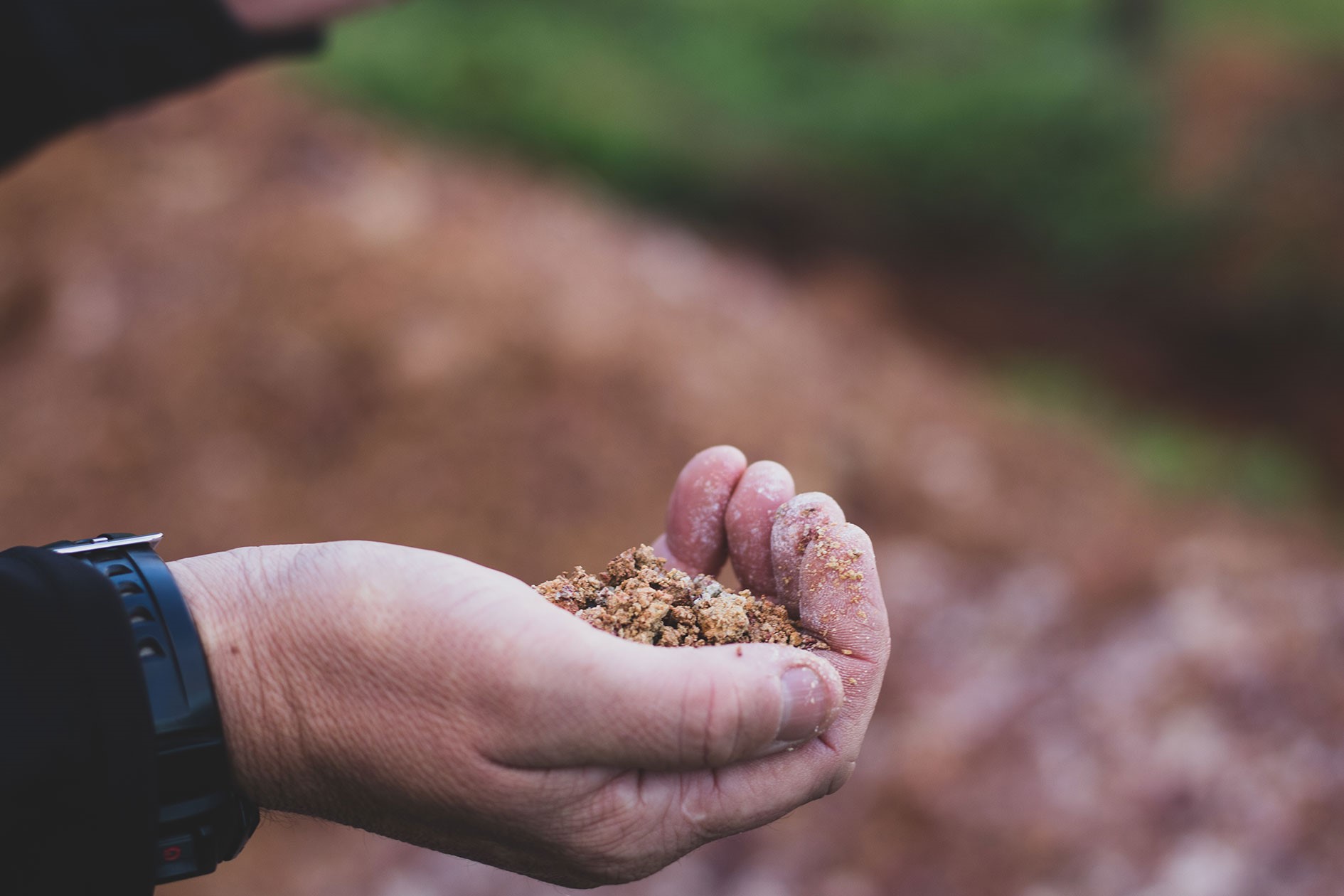 The Healthy Soils centre is led by the University of Melbourne and Chinese Agricultural University, focusing on soil resilience to threats such as drought, degradation and climate variability. The aim is to achieve sustainable food production while minimising harmful impacts on society and the environment.
The Healthy Soils centre is led by the University of Melbourne and Chinese Agricultural University, focusing on soil resilience to threats such as drought, degradation and climate variability. The aim is to achieve sustainable food production while minimising harmful impacts on society and the environment.
Australia-China Joint Research Centre for Energy
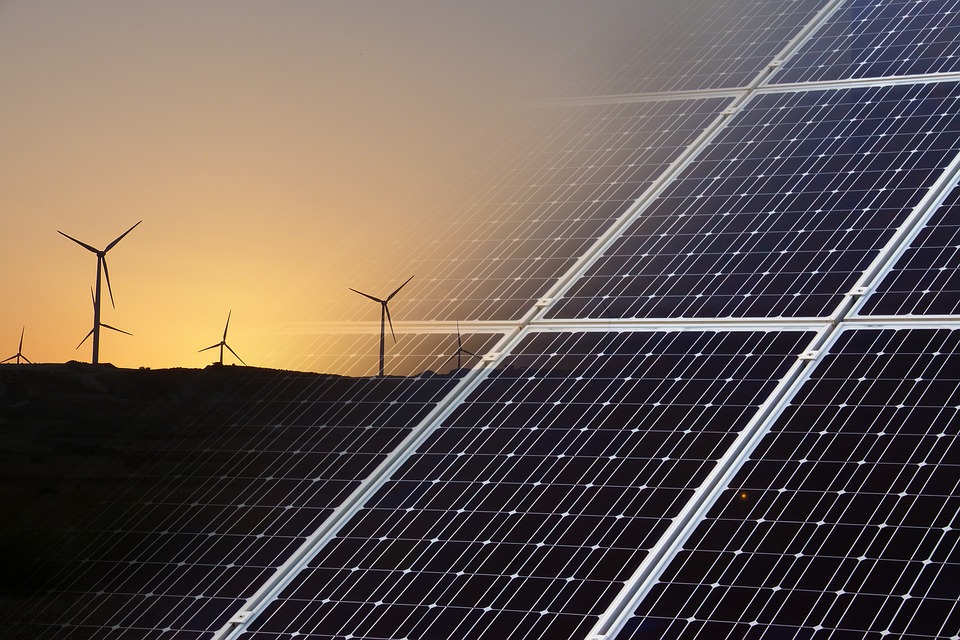 Australia-China Joint Research Centre for Energy, led by Curtin University of Technology and Taiyuan University of Technology, focuses on innovative solutions to climate change and energy security issues being faced by Australia and China. The centre aims to develop advanced energy technologies for reduced CO2 emissions and improved energy security in Australia and China.
Australia-China Joint Research Centre for Energy, led by Curtin University of Technology and Taiyuan University of Technology, focuses on innovative solutions to climate change and energy security issues being faced by Australia and China. The centre aims to develop advanced energy technologies for reduced CO2 emissions and improved energy security in Australia and China.
Click the link to watch the video focusing on climate change and energy security issues being faced by Australia and China, and the research this centre is undertaking to come up with innovative solutions. More►
Australia-China Joint Research Centre for River Basin Management
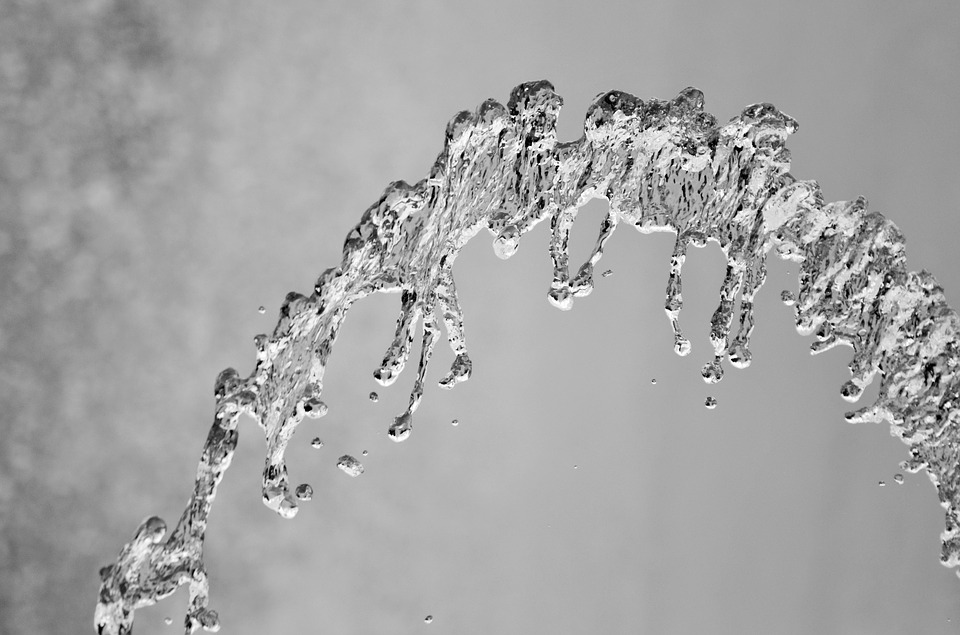 Australia-China Joint Research Centre for River Basin Management, led by the University of Melbourne,focuses on some of the key water management issues faced by China and Australia. The JRC undertakes research on strategic water resources management, with the aim of improving water productivity and efficiency, food security, community resilience and economic returns, while protecting water ecosystems.
Australia-China Joint Research Centre for River Basin Management, led by the University of Melbourne,focuses on some of the key water management issues faced by China and Australia. The JRC undertakes research on strategic water resources management, with the aim of improving water productivity and efficiency, food security, community resilience and economic returns, while protecting water ecosystems.
Click the link to watch the video focusing on some of the key water management issues faced by China and/or Australia.
Other collaboration stories
Study shows how Chinese medicine kills cancer cells
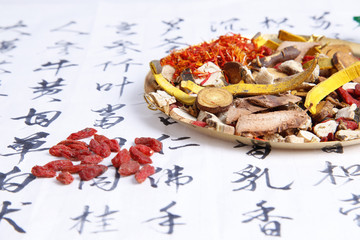 Researchers at the University of Adelaide have shown how a complex mix of plant compounds derived from ancient clinical practice in China – a Traditional Chinese Medicine – works to kill cancer cells.
Researchers at the University of Adelaide have shown how a complex mix of plant compounds derived from ancient clinical practice in China – a Traditional Chinese Medicine – works to kill cancer cells.
Compound kushen injection (CKI) is approved for use in China to treat various cancer tumours, usually as an adjunct to western chemotherapy – but how it works is still in ongoing study.
World’s biggest telescope meets world’s second fastest supercomputer
 A prototype part of the software system to manage data from the Square Kilometre Array (SKA) telescope has run on the world’s second fastest supercomputer in China. The complete system, currently being designed by an international consortium, will process raw observations of distant stars and galaxies and turn them into a form that can be analysed by astronomers around the world.
A prototype part of the software system to manage data from the Square Kilometre Array (SKA) telescope has run on the world’s second fastest supercomputer in China. The complete system, currently being designed by an international consortium, will process raw observations of distant stars and galaxies and turn them into a form that can be analysed by astronomers around the world.
Australian solar tech to help China reach clean energy targets
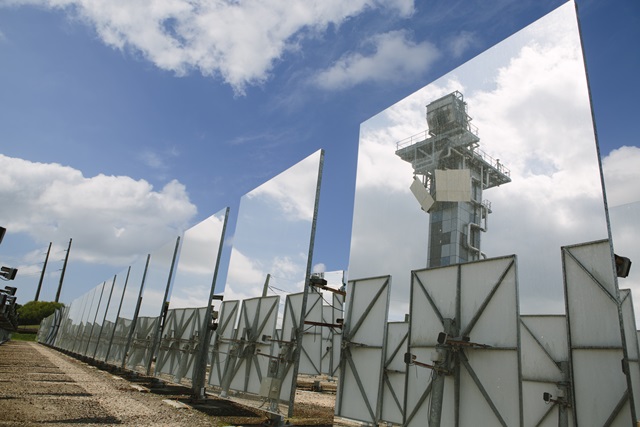 In continued emphasis on mitigation and adaptation, CSIRO has partnered with Chinese company Thermal Focus, following China’s announcement to produce 1.4 GW of CST by 2018, and 5 GW by 2020. This would double the world’s installed CST plants.
In continued emphasis on mitigation and adaptation, CSIRO has partnered with Chinese company Thermal Focus, following China’s announcement to produce 1.4 GW of CST by 2018, and 5 GW by 2020. This would double the world’s installed CST plants.
The relationship enables Thermal Focus to manufacture, market, sell and install CSIRO’s patented low cost heliostats, field control software and design software in China, with a shared revenue stream back to Australia to fund further climate mitigation research.
In the blink of a golden eye
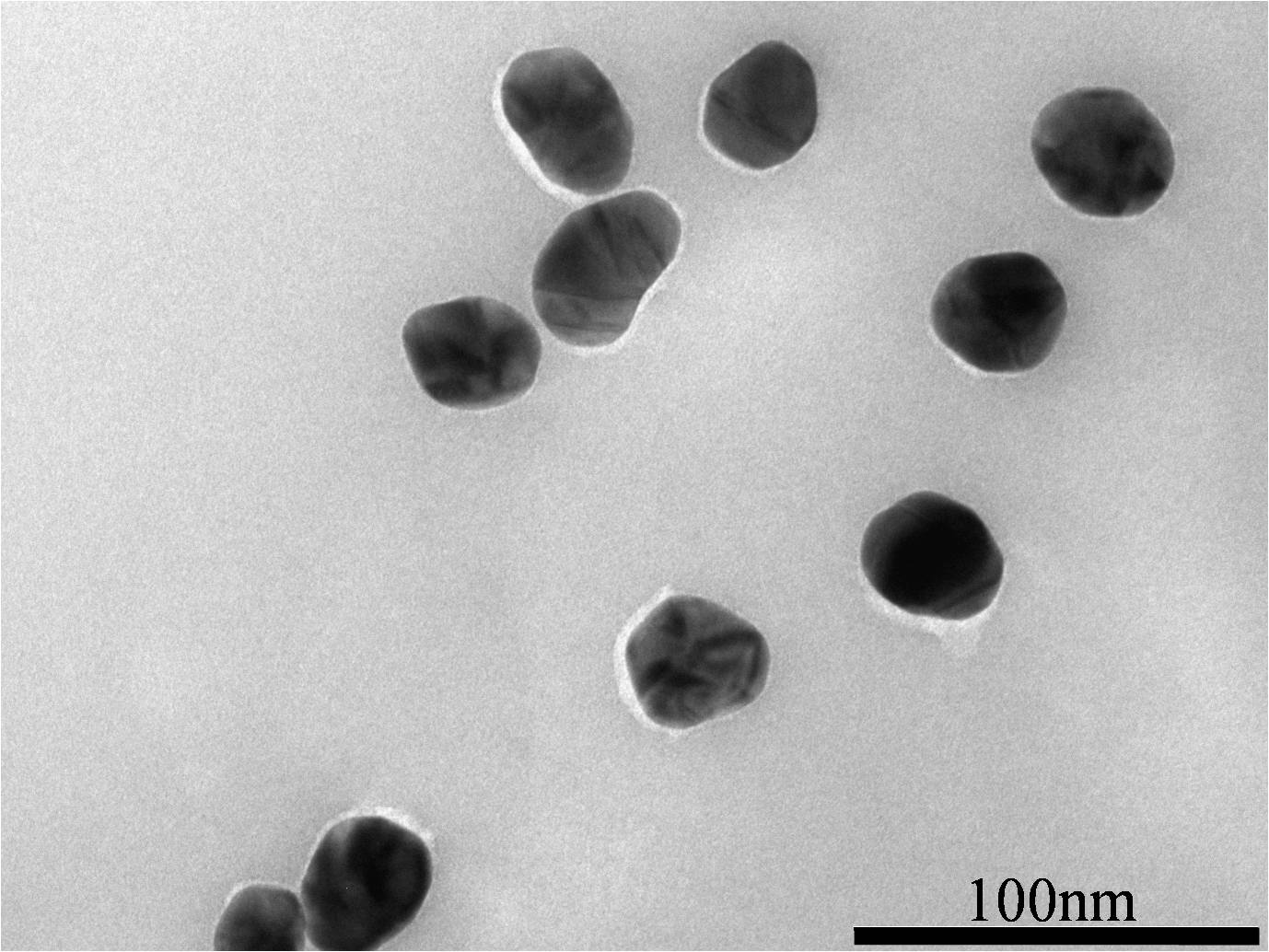 It's a thought that would make most people wince – receiving an injection in the eye. Monthly, or even more often.
It's a thought that would make most people wince – receiving an injection in the eye. Monthly, or even more often.
But for those with macular degeneration that's the reality of trying to treat severe vision loss. Now a team of CSIRO and Chinese researchers have developed a potentially less invasive drug delivery system for patients with the condition, and gold is a key ingredient.
Writing in the international edition of Angewandte Chemie in December 2016, the team described how a hydrogel infused with gold nanoparticles had, when exposed to light, released pre-loaded therapeutics.
Dark 'noodles' may lurk in the Milky Way
 Invisible structures shaped like noodles, lasagne sheets or hazelnuts could be floating around in our Galaxy radically challenging our understanding of gas conditions in the Milky Way.
Invisible structures shaped like noodles, lasagne sheets or hazelnuts could be floating around in our Galaxy radically challenging our understanding of gas conditions in the Milky Way.
CSIRO astronomer and first author of a paper released in Science Dr Keith Bannister said the structures appear to be ‘lumps’ in the thin gas that lies between the stars in our Galaxy.
